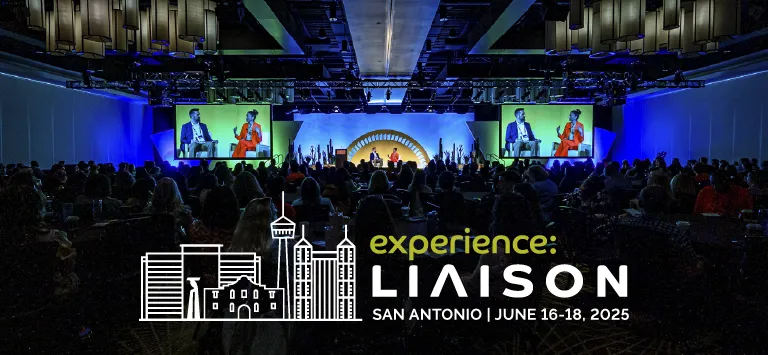Latest Content

Navigating the Currents: What We Learned at experience: LIAISON 2025
This year’s experience: LIAISON higher ed conference was more than just an annual meeting of minds, thought leaders, and community partners.

Your Enrollment Infrastructure, Rewired: Building a Modern Power Grid for Higher Ed
A comprehensive strategic enrollment ecosystem helps universities operate more efficiently today and prepares them to thrive tomorrow.

East Coast Summer GEM Insights to Enhance Access to Graduate Education
Authors: Angela Montgomery, Ph.D. (Drexel University, AVP Graduate Admissions) and Art Munin, Ph.D. (Liaison Senior AVP, Enrollment Management Solutions)

When Yield Tactics Aren’t Enough: The Evolution of a Blog
In a moment like this, your outreach can’t fix global policy shifts, but it can remind students they’re not navigating this alone.

From Complexity to Clarity: Exploring GEM Best Practices
Whether through journey mapping, matriculation analysis, or platform analytics, the message was clear: If you’re not using data to adapt in real time, you’re falling behind.

Celebrating Pride: A Personal Perspective
Every day, but especially during Pride, I’m showing up by being visible—and by refusing to be silent.

From Discovery to Results: How Liaison Enrollment Marketing (EM) Drives Growth Through Collaboration
Liaison Enrollment Marketing (EM) initiates partnerships through a process of deep discovery and a mutual understanding of what it takes to accomplish digital campaign success.

ExploreHealthCareers.org Relaunches with a Modern Design and Renewed Mission
The new ExploreHealthCareers.org reflects the shared goal of guiding more people into meaningful, mission-driven healthcare careers.

Honoring Juneteenth: A Reflection on Freedom, History, and the Work Ahead
Across the country, colleges and universities are among the most active communities that celebrate Juneteenth.

Get Ready to Experience the Art and Science of Higher Ed Leadership at experience: LIAISON
In higher education, strategy often starts at the top—but rarely do we hear directly from the leaders shaping that vision. At experience: LIAISON 2025, we’re changing that.

Why AI Is Key to Effective Graduate Program Leadership
By embracing AI today, graduate programs can position themselves at the forefront of innovation, ensuring sustained success in a competitive academic environment.

Webinar On Demand: Addressing the Need for Agility in Enrollment Management
Admissions professionals aren’t just communicators; they’re data-informed, student-facing strategists who should lead cross-campus collaboration.











